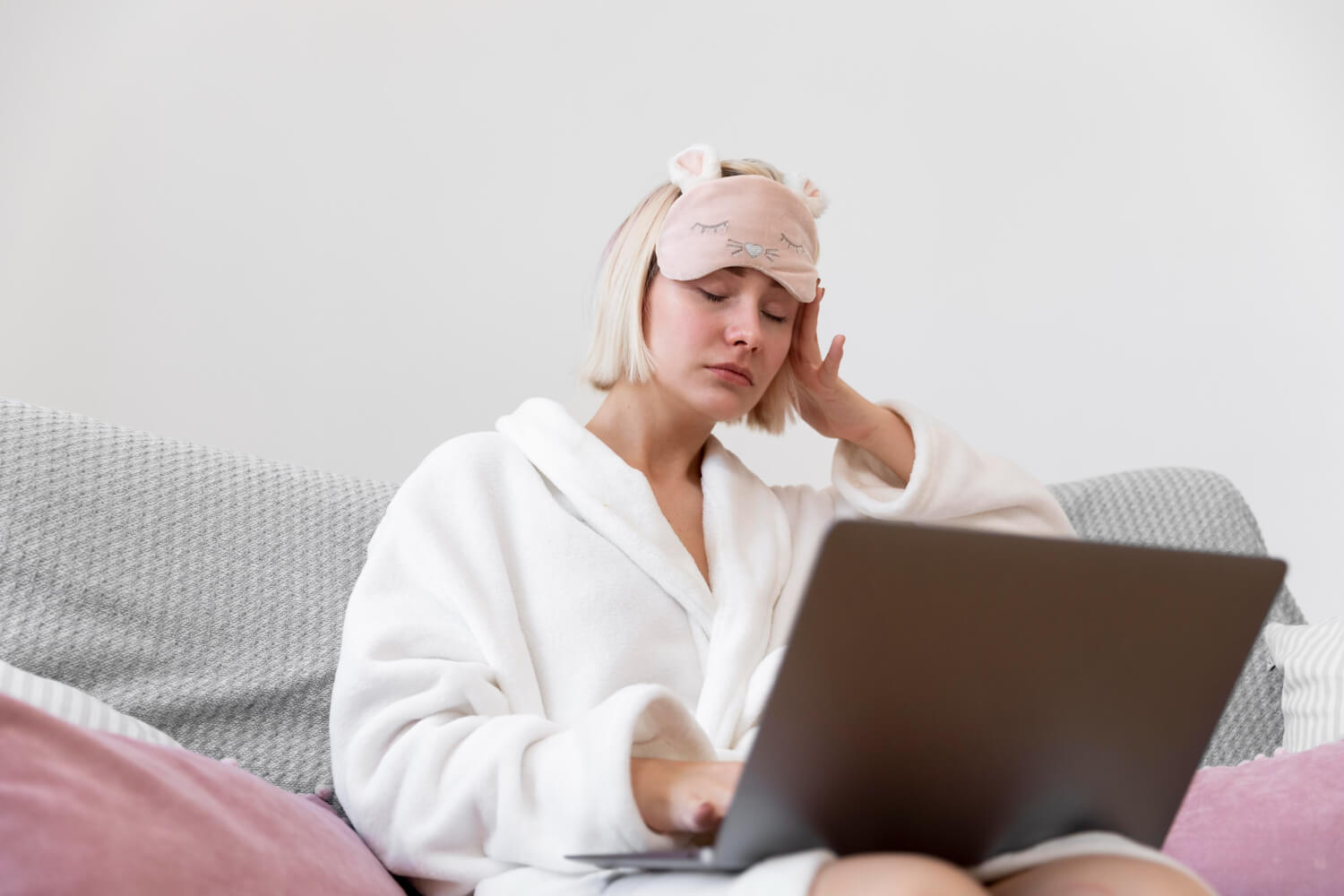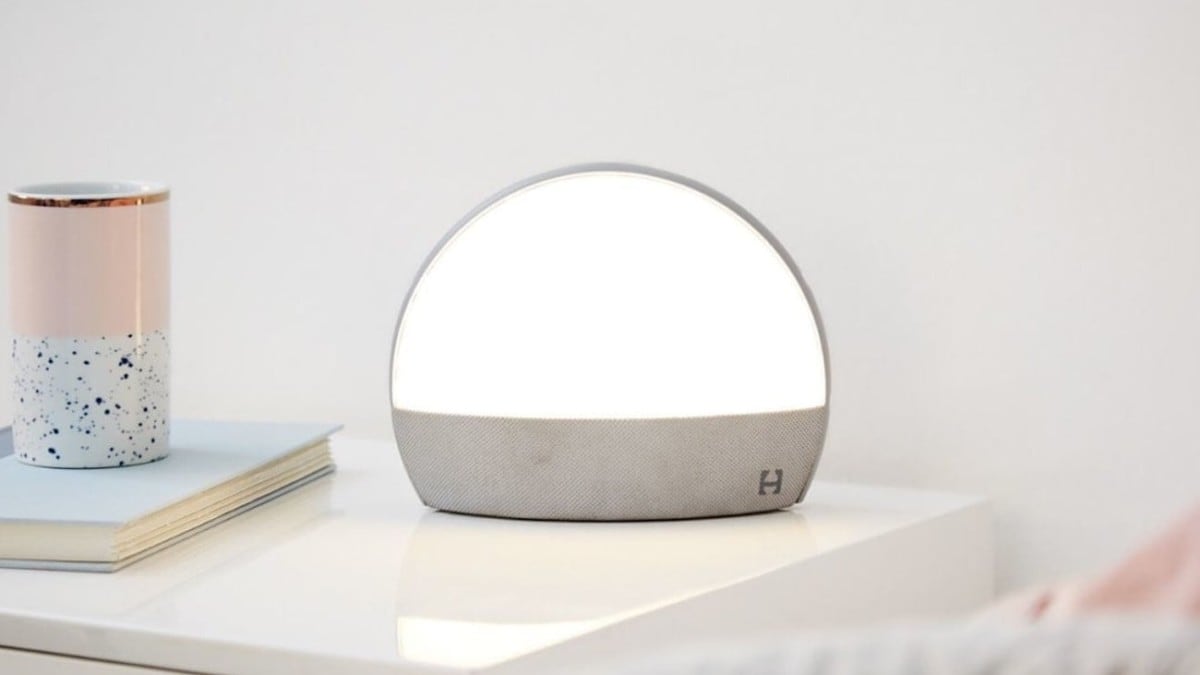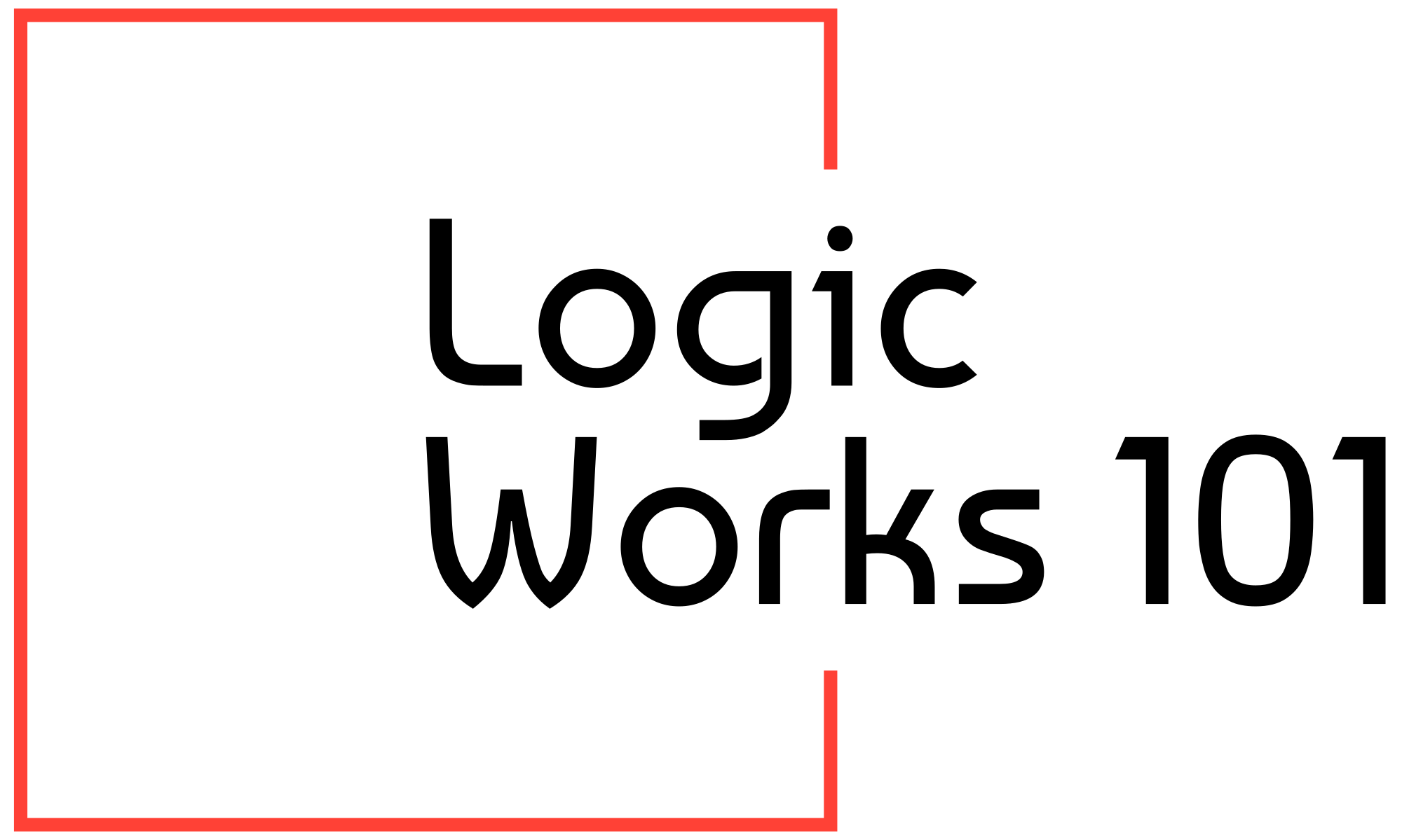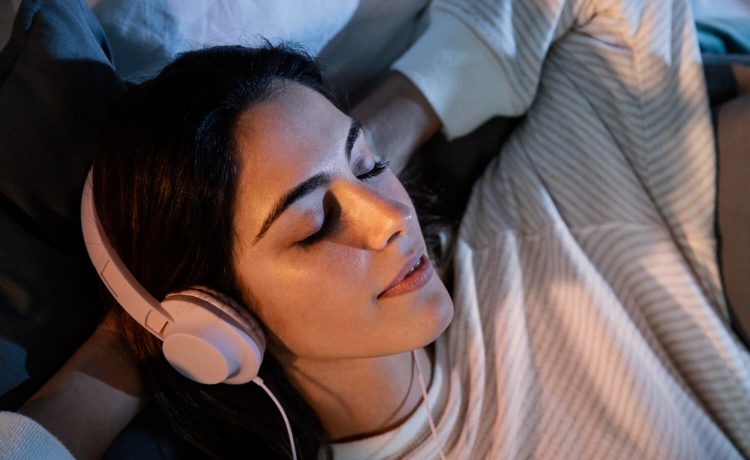Sleep is fundamental to our health and well-being, yet many of us struggle to get the rest we need. With our fast-paced lives and countless distractions, falling and staying asleep often seems impossible. Thankfully, modern technology, including white noise machines and wearable devices, is stepping in to help us reclaim better sleep. By blending sound therapy with cutting-edge tech, we now have effective tools at our fingertips. But how do they work, and how can they fit into your nightly routine? Let’s explore.
The Power of White Noise
White noise is often described as a consistent sound that masks other environmental noises, like a faint hum or a gentle rustle. Think of rain falling, a fan blowing softly, or ocean waves lapping on a shore. This “wall of sound” helps block sudden interruptions that might wake you up, like a car honking or a neighbor slamming their door. Unlike abrupt sounds, white noise is smooth, steady, and calming, lulling your brain into a relaxed state.
Scientific research backs up its benefits. A study published in the Journal of Caring Sciences found that white noise improved sleep onset (the time it takes to fall asleep) and increased sleep duration. It’s especially helpful for light sleepers, those living in noisy neighborhoods, and even babies having trouble settling down at night.
Popular white noise machines like the LectroFan, Marpac Dohm, and Hatch Restore offer various sound settings, including pink noise, brown noise, and nature-inspired tones. For those who don’t want to invest in a physical device, white noise apps like “Relax Melodies” and “Noisli” bring similar functions directly to your smartphone.
Where Wearable Tech Fits In
Consider wearable technology, the sleek, data-driven gadgets designed to track and improve your sleep. Many wearable devices, such as smartwatches, fitness bands, and even specialized sleep trackers, now have features that measure your sleep stages, heart rate, restlessness, and breathing patterns throughout the night.
Here’s how they work in simple terms. Sensors in these devices collect tiny movements while you sleep and physiological data like your pulse. Then, using algorithms, the devices determine whether you are in light, deep, or REM sleep. This information can be visualized through companion smartphone apps, helping users identify patterns and habits that may influence their rest.
Popular wearables like Fitbit Sense, Oura Ring, and Whoop 4.0 have made strides in offering personalized insights. For instance, Oura provides a “Readiness Score,” which predicts how well you’ll perform based on your sleep quality. Garmin’s Vivosmart Series even includes guided breathing sessions to help you wind down effectively.
The magic of wearable tech lies in tracking sleep and nudging users toward healthier routines. Many devices offer reminders to go to bed at your “optimal time,” celebrate small wins like achieving your full sleep goal or pinpoint areas where you can improve, such as cutting back on late-night caffeine.
Bringing White Noise and Wearables Together
The beauty of combining white noise with wearable tech is that they complement each other perfectly. White noise aids relaxation and keeps environmental disruptions out of the equation, while wearables allow you to monitor how effective those sleep aids are. They create a feedback loop where you experiment, analyze, and adjust for better nightly results.
For example, if you use a white noise machine with a wearable device, you can measure its impact on your sleep quality. Did deep sleep stages increase? Were there fewer wakeups throughout the night? If the results suggest improvement, you know you’re on the right track to building a personalized sleep setup.

Moreover, some devices already integrate white noise and other calming features. Smart sleep-focused gadgets like the Hatch Restore combine soundscapes, guided meditations, and smart lighting to create the ultimate nighttime environment. This device also syncs with apps to track your nightly rest cycles. Similarly, apps like “Calm” and “Headspace” combine sleep sounds with meditation practices and can sync with wearables to monitor your improvement.
The Science Behind It All
If you’re wondering, “Does this tech really change how I sleep?” rest assured, there’s science behind the buzz.
White noise works by reducing what’s called auditory stimulus. Our brains constantly scan our surroundings for sounds, even when asleep. A sudden noise (like a dog barking) is more likely to wake us because our brain interprets it as a potential threat. White noise, however, creates a steady audio environment that lessens the chance of being startled awake.
Wearable tech taps into scientific sleep theories surrounding circadian rhythms and sleep architecture. By tracking your progress through sleep stages, wearables measure how restorative your sleep is, helping you identify disruptions like sleep apnea or even stress-related restlessness.
Multiple studies have shown the benefits. For example, the Sleep Health Journal found that users of wearable devices tended to feel more motivated to improve their habits after reviewing their nightly data. When paired with sound therapies like white noise, the effects are amplified. You fall asleep faster, stay asleep longer, and feel refreshed.
Making Better Sleep Easy and Accessible
What makes both white noise and wearable tech so appealing is how easy they are to use. Gone are the days of complicated setups or drastic lifestyle changes. With a small initial investment, you can create an optimized environment for rest and recovery.

For those looking to start small, try a free white noise app alongside a fitness tracker you already own. Or, if you’re ready for a splurge, invest in gadgets like the Hatch Restore or Oura Ring to get the best of both worlds. No matter what your approach, the goal is to turn your bedroom into your ultimate sleep sanctuary.
Remember, good sleep is not a luxury; it’s a necessity. By leveraging tools like white noise and wearables, you can take charge of your nights, transform your days, and feel the benefits of true rest. Sweet dreams!









